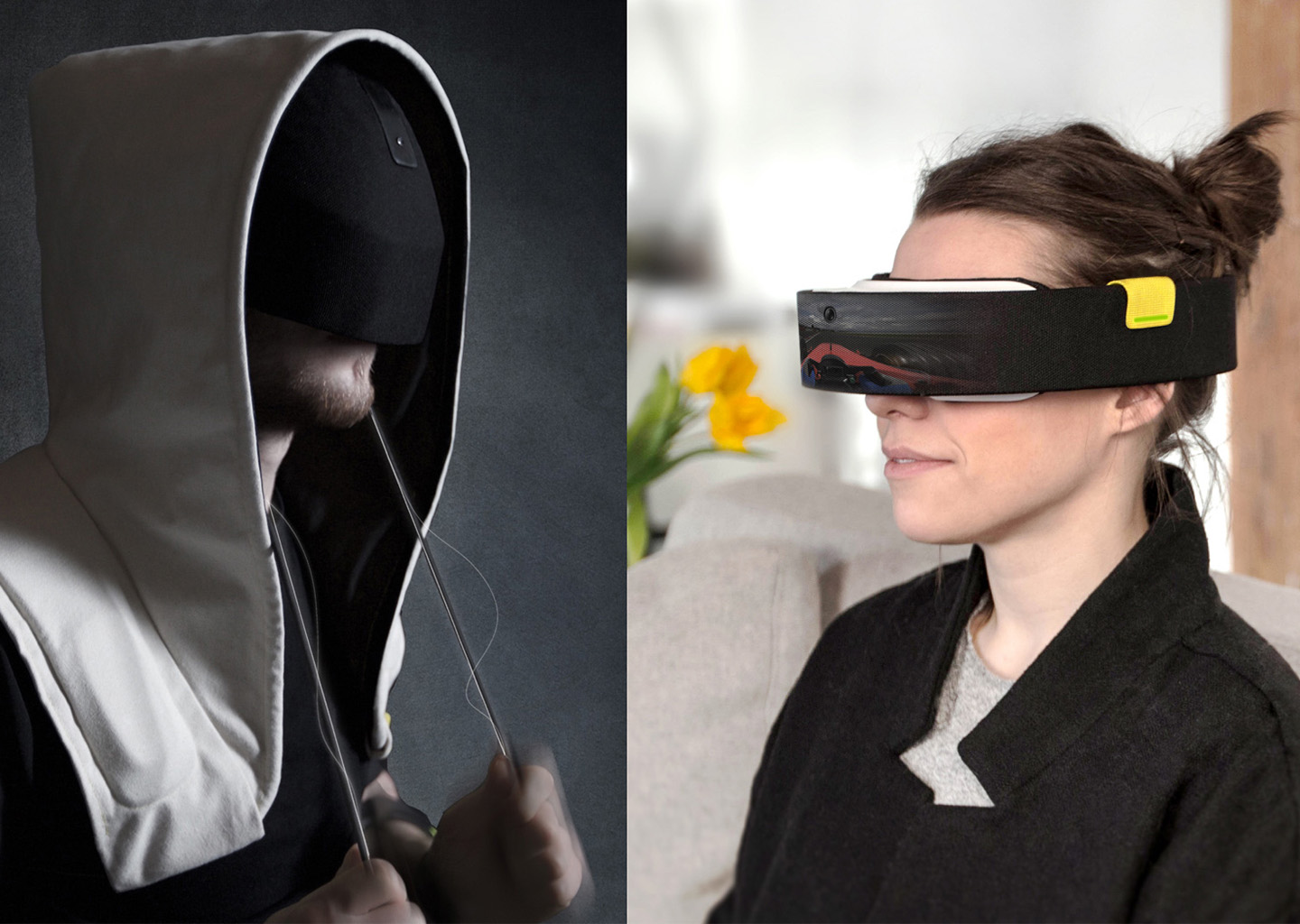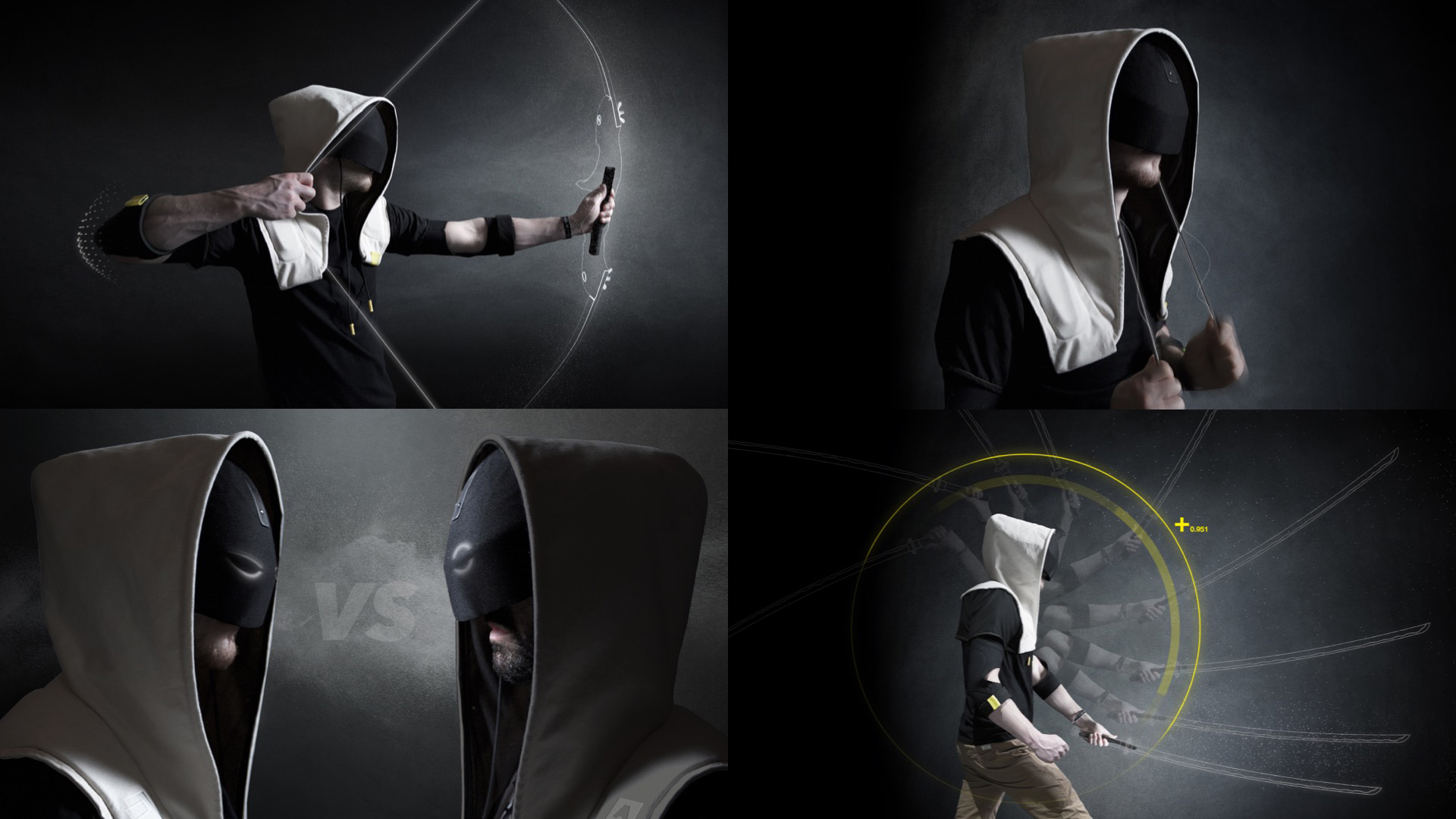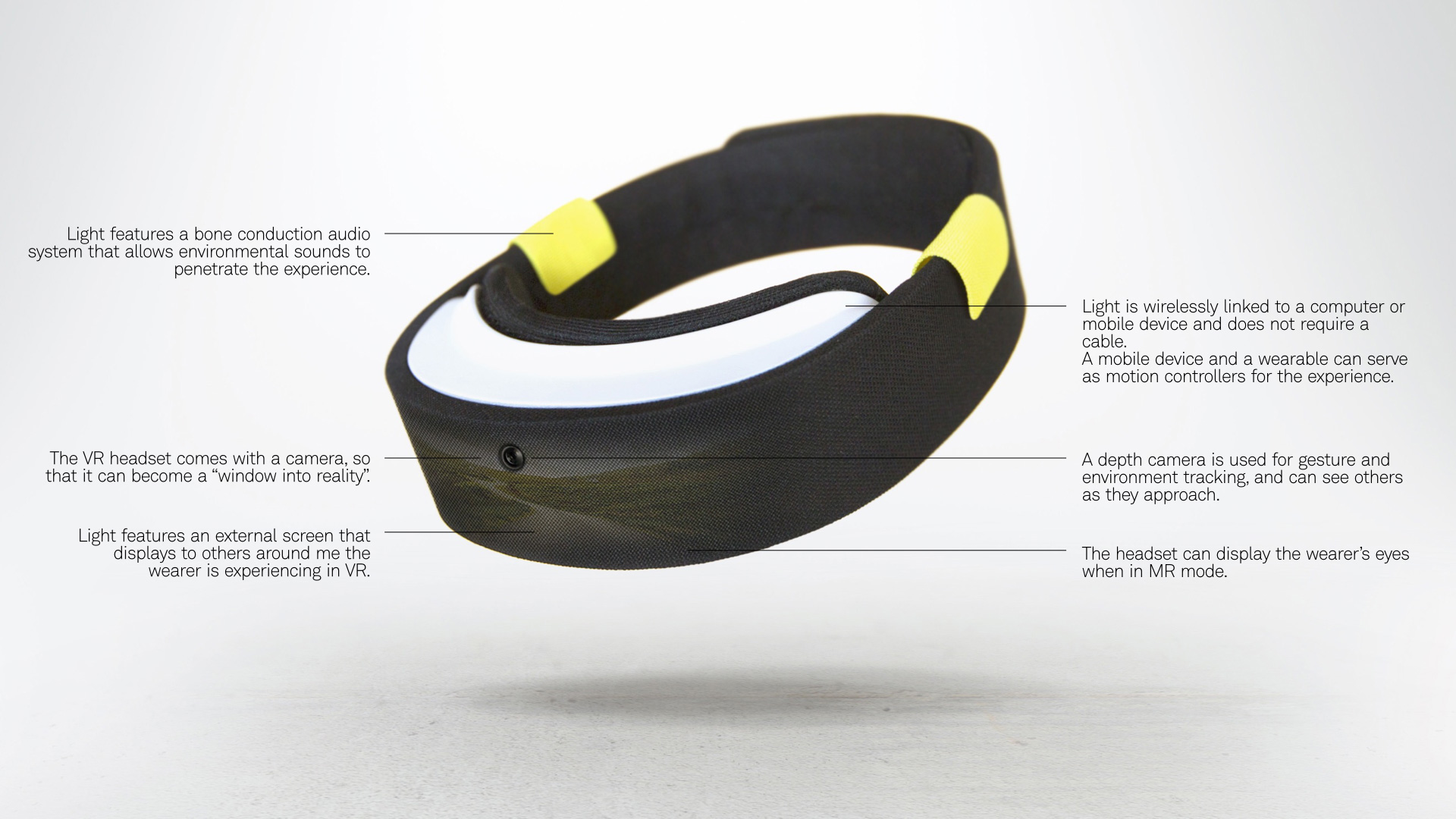VR 2020
A more inclusive vision for virtual reality

Technology
Virtual reality has the potential to change how we consume content.
After years of false starts, the technology is finally sophisticated enough to deliver on its promise to help us forget where we are and allow us to experience things we never thought possible. But as the first generation of virtual reality devices from different manufacturers starts hitting the market, what are the implications for enjoyment, productivity, social interactions, man-machine-interfaces, and health? How will opportunities within these areas help create a preferable future for both VR brands and their customers?
From rehabilitation to virtual robotic surgery, from field trips to Machu Picchu to empathy-building experiences, from enjoying Henry the hedgehog to creating your own magic with Tilt Brush – healthcare, education and media and entertainment are emerging as the areas where VR can have a clear positive impact. But how much more fun would a school trip to Mars be if the kids could see their classmates and interact with them while they are there? Having just created an amazing Tilt Brush artwork, wouldn’t it be great for a kid to be able to make eye contact with her dad to see how he approves? As VR helps us to develop empathy for people afar, will it at the same time numb us in understanding and sharing the feelings of the person next to us?
“Artefact presents two VR headsets that could feasibly exist by 2020– and the medium never looked so promising.”

Bringing others in your virtual reality
While the first generation of VR devices is still concerned with its own usability and usefulness, product features like display resolution, frame rates, product weight, and comfort dominate the conversation, whereas more aspirational aspects like shared experiences, human interactions, and other positive outcomes are much lower on the list of priorities. Using 10,000ft Insights, we mapped out the VR devices that are on the market today or are slated to be shipped later in 2016 according to their immersiveness and inclusiveness. The results are clear — while current products support different levels of immersiveness, they all fall short in bringing other people into the VR experience.
The trajectory for second generation headsets points to increased immersive qualities – the current key ingredient in creating premium VR experiences. Future virtual reality devices will become untethered, smaller, and lighter, and thus more mobile, further “tune out” physical reality with more lifelike 3D video and audio, and stimulate other senses beyond sight and sound.
But what if there was another primary objective in the design of VR hardware to juxtapose the inevitable idea of “immersion” with? We believe that if VR is to have more positive outcomes than pure immersive fun (that will eventually either become tiresome, or lead to not so preferable scenario’s), VR manufacturers need to create affordances for inclusion. Our challenge as designers is to find the right balance between immersion and inclusion for each type of VR product – from the headset aimed at the hard-core gamer, to the device that brings VR content to the mainstream.
Adding the aspect of “inclusion” of others will be instrumental to shaping a preferable future for both VR brands, and their customers. Future inclusive VR experiences will need to allow others to participate in or observe a user’s virtual reality, facilitate the effortless human interaction with others, both in the virtual and physical reality, and enable consumers to comfortably navigate between virtual and physical reality.
On the surface, the ideas of immersion and inclusion seem to be polar opposites. But we believe that VR experiences do not necessarily have to reside on a single spot in the continuum between the two. They can be adaptive to the situation and cover a range of more or less inclusive or immersive experiences. This is what we set out to do – explore how immersion and inclusion might be harmonized in VR hardware experiences for the gaming enthusiast and for the mainstream consumer. The ideas below outline what we believe are not only impactful, but feasible solutions for VR in 2020.

Shadow: Our deepest (shared) secret
Shadow is a suite of VR wearables for gamers who desire the most immersive virtual reality experience and interact with others mainly in the virtual space.

VR immersion
With Shadow, the computer and battery are built into the hood and shoulder cloak, untethering the user from cables (and reality). Immersion extends beyond sight – it incorporates the sense of sight, hearing, and touch. Sensors in the arms, hands and body bring the experience to a new level of ultra-immersion. For the hardcore gamer, inclusion is meaningful primarily in the context of a shared gaming experience. Eye tracking enables Shadow to detect the user’s emotions, which can be reflected through a virtual avatar or using displays within the mask that mimic the user’s eyes.

Light: In the moment, with you
We imagined Light as a VR headset for families or groups of friends who want to dabble in virtual reality but above all want to experience it together.

Simple, shareable and transparent,
It allows the user to stay connected not only to the virtual reality but to her environment and the people around her. A front facing camera allows the user to “see” what is going on around her, while a shareable mode gives them a chance to show others the content they are experiencing. Light connects wirelessly to other devices, letting others share the experience on a phone or a larger screen. Sound is transmitted through adjustable bone conduction audio system that allows the transmission of ambient sound. Ease of interactions is key for this concept– from putting on the lightweight device, to switching modes – everything is designed with the social user in mind.
Inspiration in the gray area of VR
No technology is inherently good or bad. VR has been called the “church of our imagination” by some and “virtual insanity” by others. Whether or not it becomes more than an addictive trap that insulates us from each other is within our control. And while I doubt I will ever dispel my grandma’s fear of tuning out the real world, it is my duty as a grandson, a father and a designer to try. To dive deeper into our process and the ideas we explored, or to find which headset is right for you, check out the VR Demystified project on 10,oooft.
VR 2020 in the news
Fast Company
Next project
Dialog